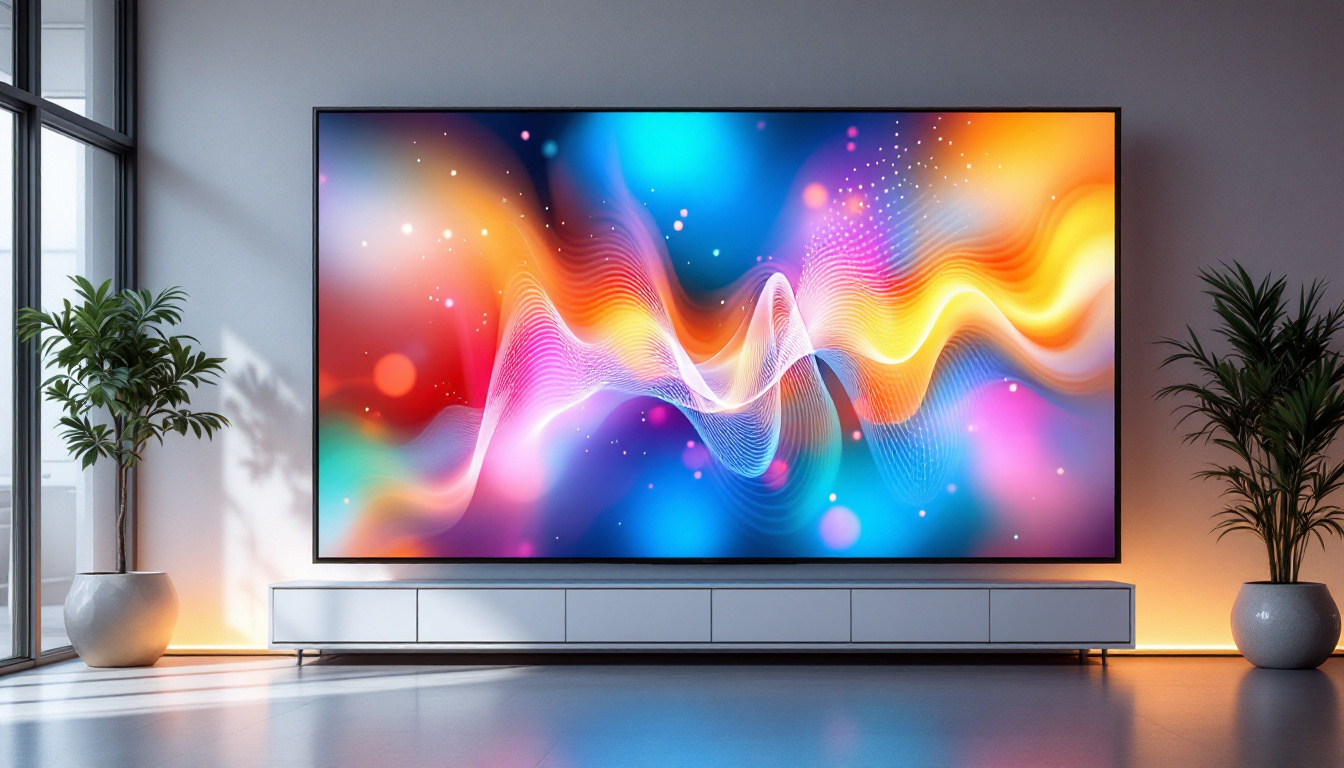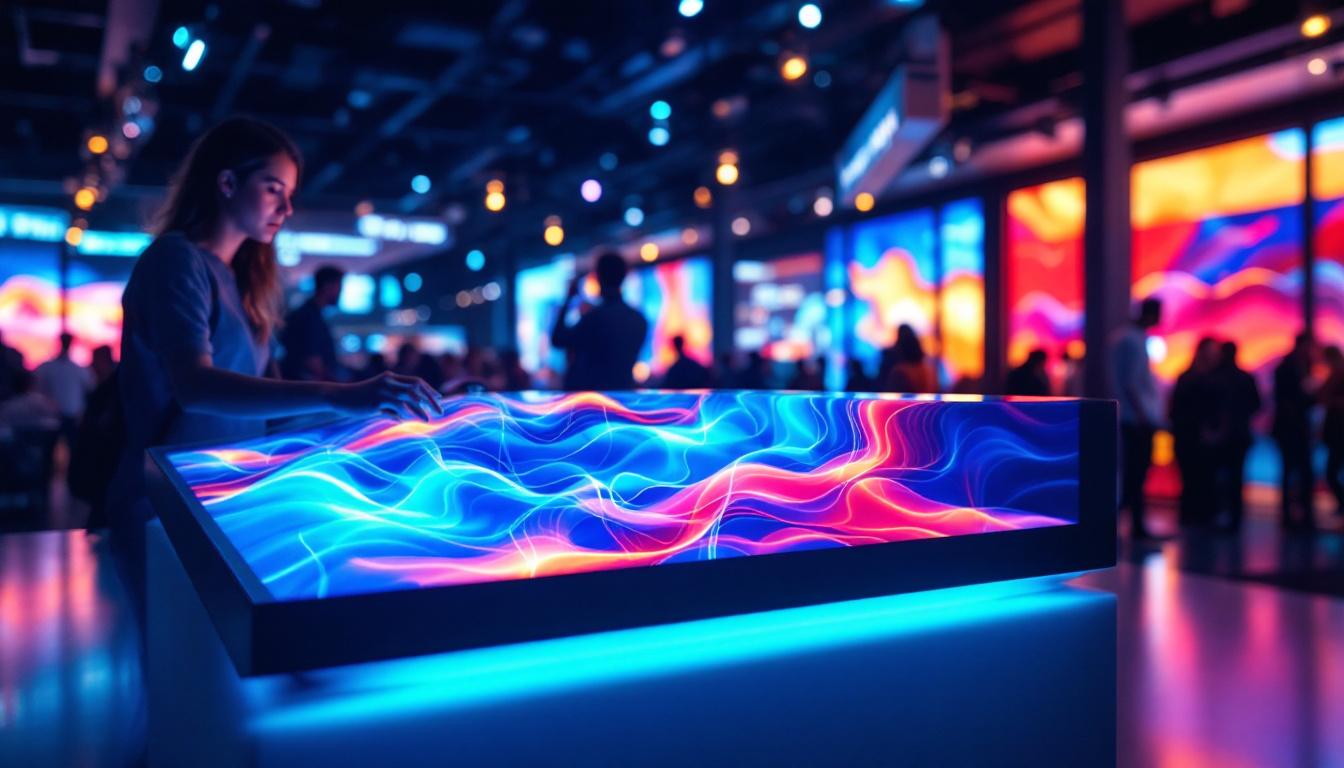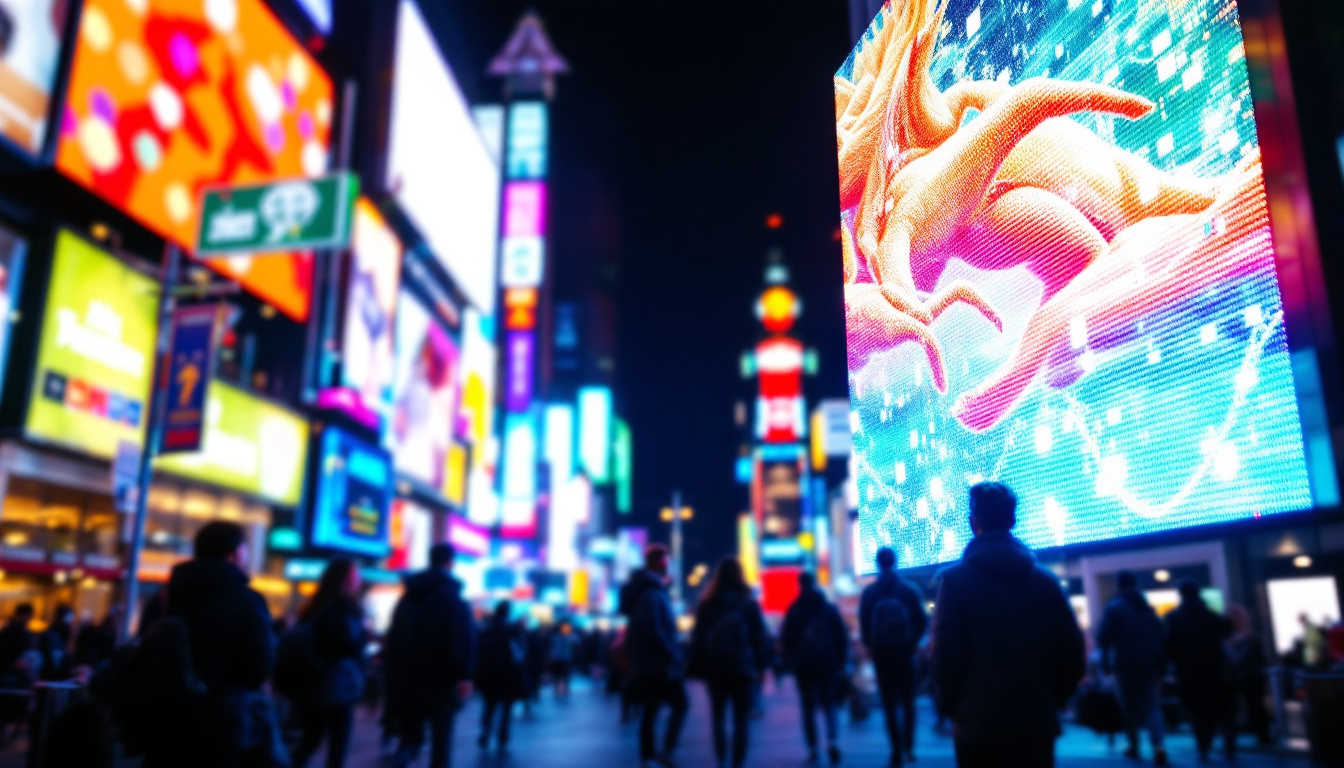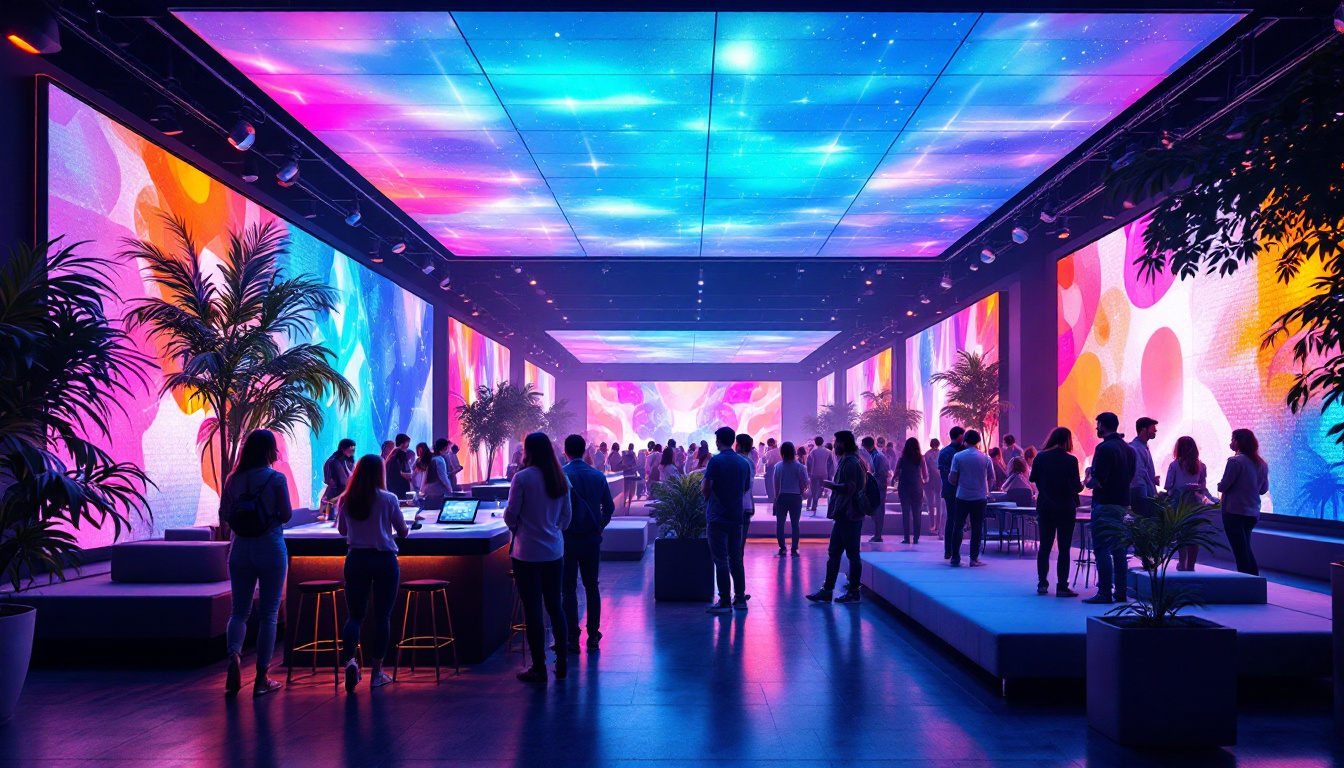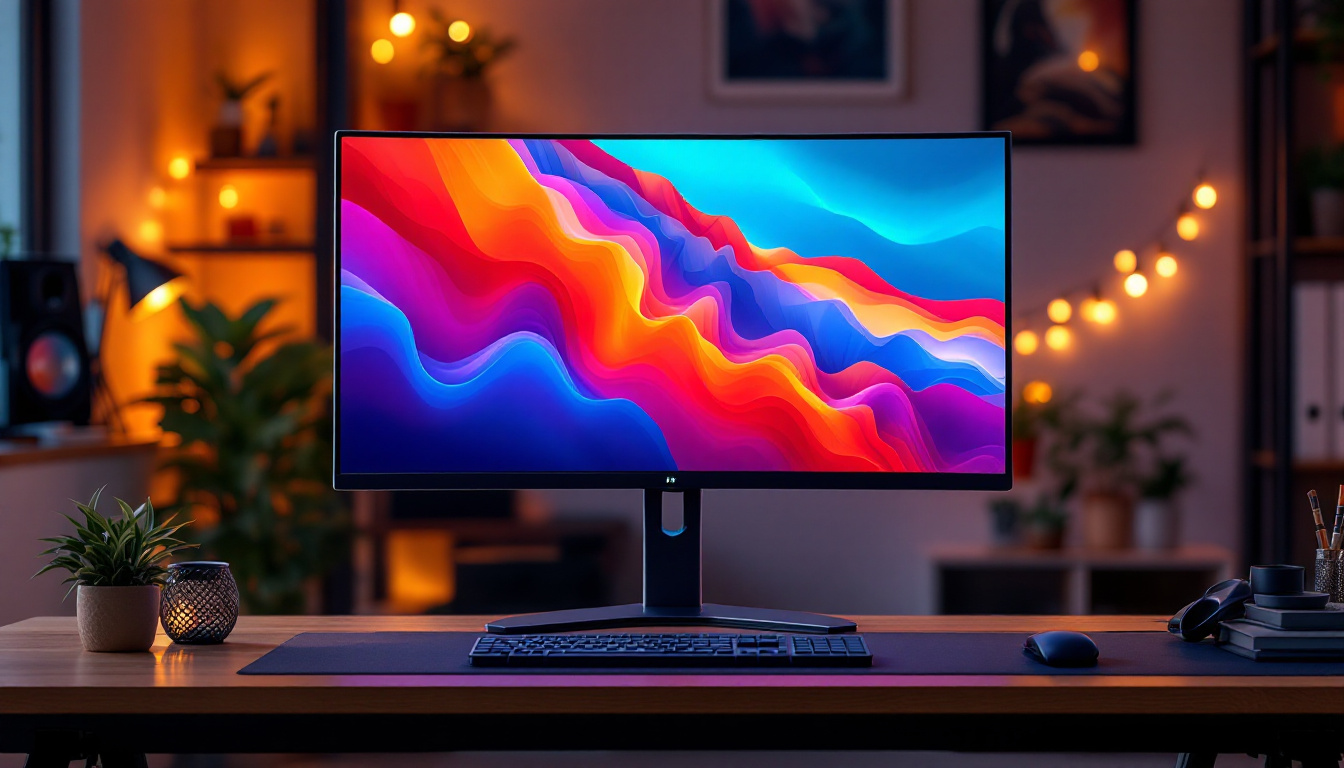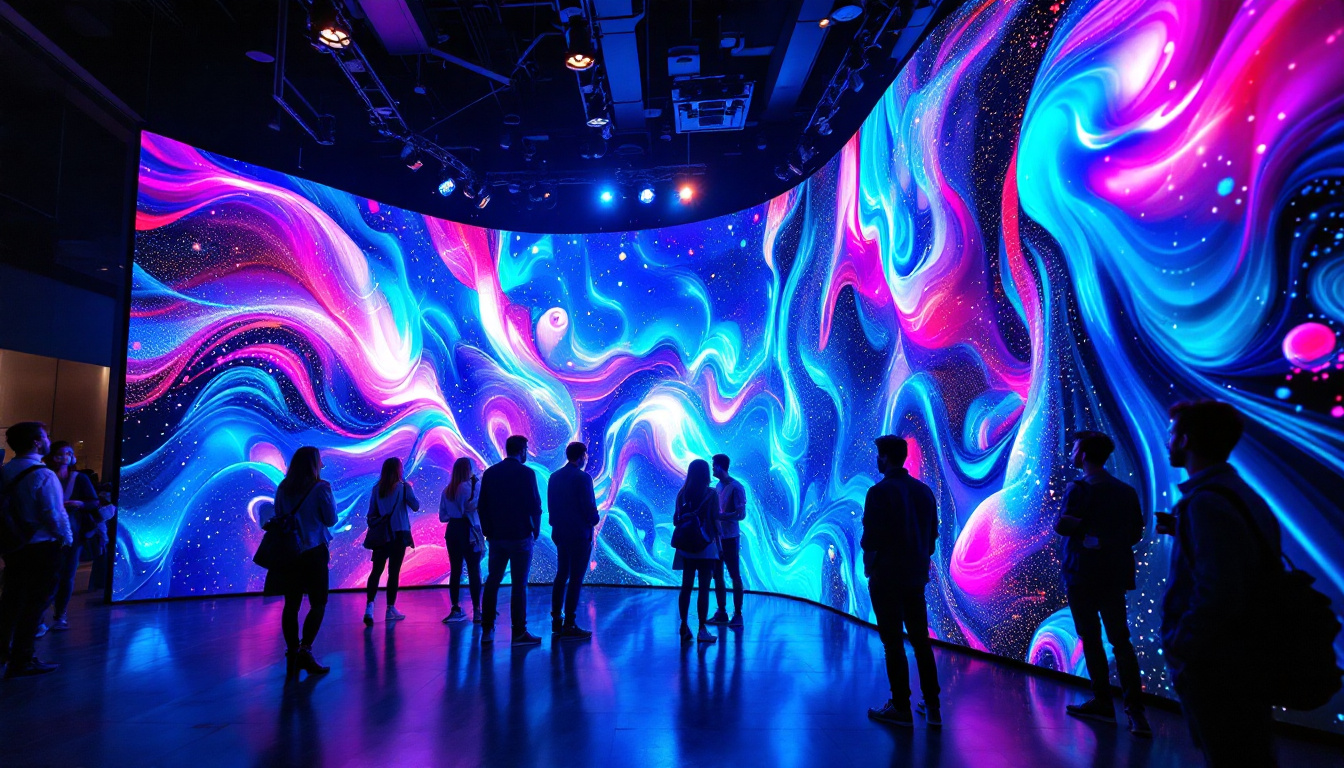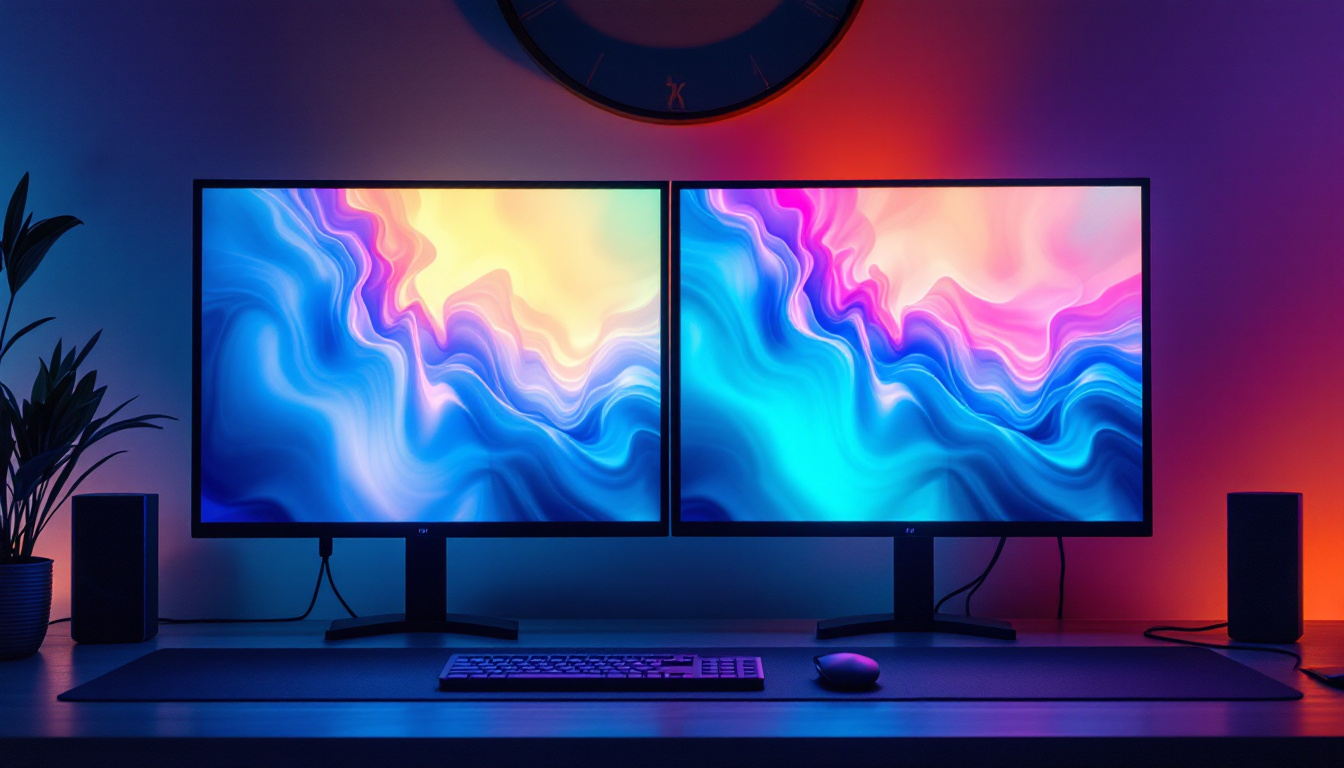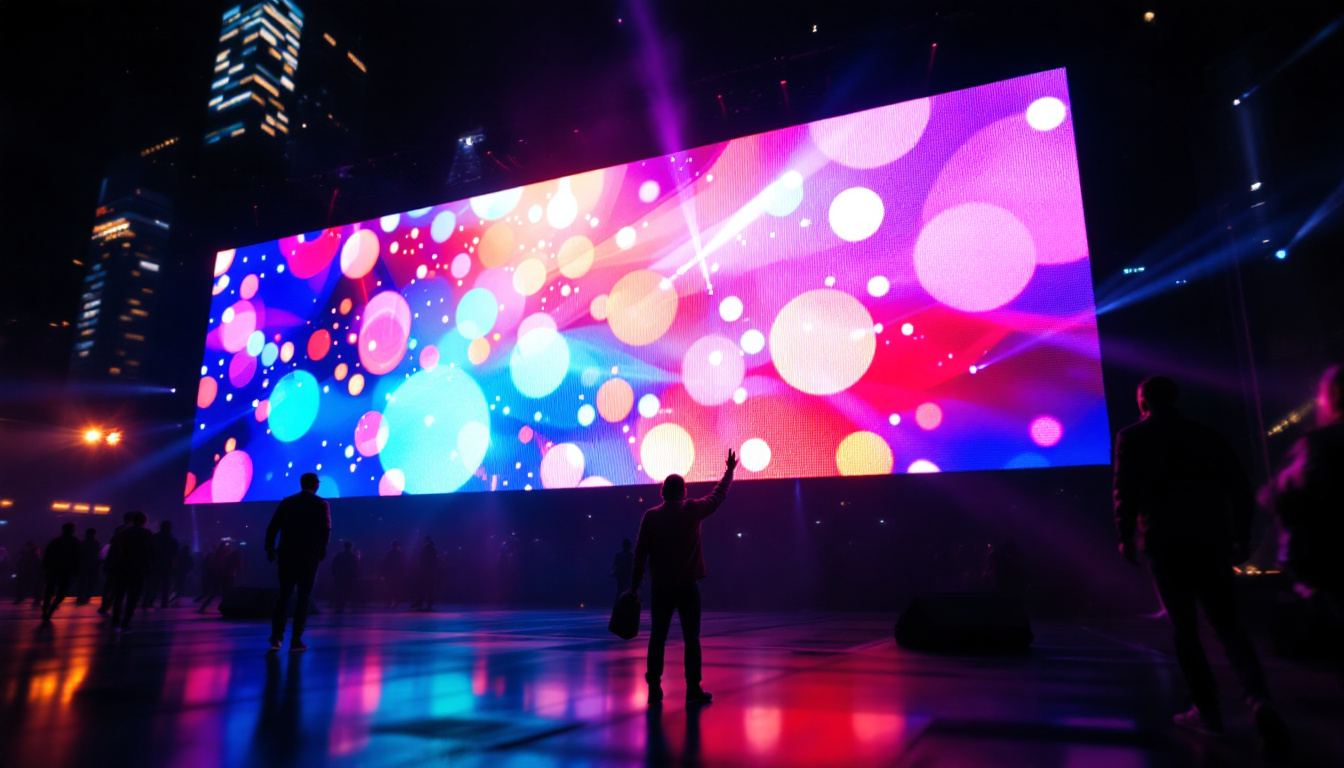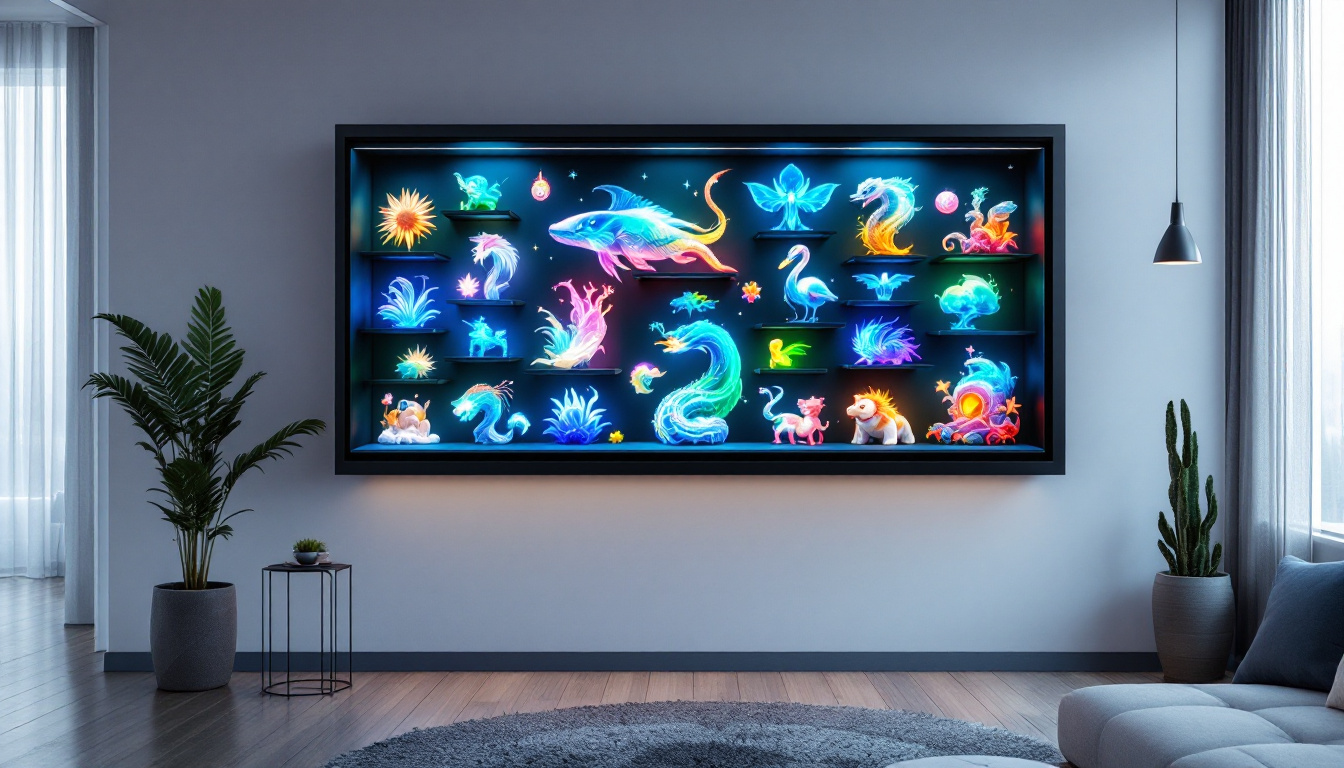In today’s digital age, screens are everywhere—from smartphones and televisions to billboards and stadium displays. Among the various display technologies, LED displays have become increasingly popular due to their brightness, energy efficiency, and versatility. However, understanding the quality and clarity of these displays often boils down to one key concept: display resolution. This article explores what display resolution means, how it relates specifically to LED displays, and why it matters for consumers and professionals alike.
What is Display Resolution?
Display resolution refers to the number of distinct pixels that can be displayed on a screen. Pixels, short for “picture elements,” are the smallest units of a digital image or display. The resolution is usually expressed as width × height, indicating the number of pixels horizontally and vertically. For example, a resolution of 1920×1080 means the screen has 1,920 pixels across and 1,080 pixels down.
The total number of pixels directly affects the sharpness and detail of the image. Higher resolutions mean more pixels, which generally translate to clearer and more detailed visuals. Conversely, lower resolutions have fewer pixels, which can result in images that appear blurry or pixelated, especially on larger screens. This is particularly important in contexts where fine detail is crucial, such as graphic design, video editing, and gaming, where every pixel can contribute to the overall experience.
Common Resolution Standards
Resolutions have evolved significantly over the years. Some of the most common standards include:
- HD (High Definition): 1280×720 pixels, often called 720p.
- Full HD (FHD): 1920×1080 pixels, or 1080p, widely used in TVs, monitors, and laptops.
- Quad HD (QHD): 2560×1440 pixels, offering greater detail for gaming and professional use.
- 4K UHD: 3840×2160 pixels, providing ultra-high definition clarity, increasingly common in premium TVs and displays.
- 8K UHD: 7680×4320 pixels, the cutting edge of consumer display resolution, though content and hardware support are still limited.
Each step up in resolution increases the pixel count exponentially, enhancing image fidelity but also demanding more from the device’s graphics processing and bandwidth. As technology advances, the industry is also seeing a rise in adaptive resolutions, where displays adjust their resolution based on content and performance needs. This can optimize the viewing experience, especially in gaming, where frame rates and response times are critical. Moreover, with the advent of high dynamic range (HDR) technology, the interplay between resolution and color depth has become increasingly important, allowing for richer, more vibrant images that captivate viewers.
In addition to these established standards, new formats are continually emerging, driven by advancements in display technology and consumer demand for higher quality visuals. For instance, the rise of virtual reality (VR) and augmented reality (AR) has introduced unique resolution requirements, as immersive experiences necessitate not only higher pixel counts but also faster refresh rates to prevent motion blur and enhance realism. As a result, the landscape of display resolution is not only about clarity but also about creating engaging and lifelike experiences that push the boundaries of what screens can deliver.
Understanding LED Displays
LED displays use light-emitting diodes (LEDs) as their source of illumination. Unlike traditional LCDs that rely on fluorescent backlights, LED displays use tiny LEDs either behind the screen or as individual pixels themselves. This technology offers several advantages, including higher brightness, better contrast, and improved energy efficiency.
Types of LED Displays
There are primarily two types of LED displays:
- LED-backlit LCDs: These are LCD screens that use LEDs for backlighting instead of older CCFL (cold cathode fluorescent lamp) technology. This type is common in consumer TVs and computer monitors.
- Direct-view LED displays: These consist of individual LEDs that form the pixels themselves, often used in large-scale displays such as digital billboards, stadium screens, and video walls.
Understanding the distinction is important because display resolution and pixel density are perceived differently depending on the type of LED technology used.
Pixel Structure in LED Displays
In LED-backlit LCDs, the resolution depends on the LCD panel itself, as the LEDs serve only as a backlight. In direct-view LED displays, each pixel is made up of one or more LEDs, often grouped in clusters of red, green, and blue LEDs to create full-color pixels.
For example, a direct-view LED display with a resolution of 1920×1080 will have approximately 2 million pixel clusters, each containing multiple LEDs. The pitch, or distance between these pixel clusters, significantly affects the display’s perceived resolution and image quality.
How Display Resolution Impacts LED Display Quality
Resolution is a critical factor in determining the visual quality of an LED display, but it’s not the only one. Other factors such as pixel pitch, brightness, contrast ratio, and color accuracy also play essential roles. However, resolution remains the foundation for image clarity and detail.
Pixel Pitch and Viewing Distance
Pixel pitch is the distance from the center of one pixel cluster to the center of the next, usually measured in millimeters. It directly influences how sharp an image appears, especially on large LED displays.
For instance, a stadium scoreboard with a pixel pitch of 20mm will look clear from hundreds of feet away but appear blocky up close. Conversely, a smaller indoor LED display might have a pixel pitch of 1.5mm or less, allowing for crisp images even when viewed closely.
Understanding the relationship between pixel pitch, resolution, and viewing distance is crucial for selecting the right LED display for a given environment. A high-resolution display with a large pixel pitch may not deliver the expected clarity if viewed from too close, while a low-resolution display with a small pixel pitch may be unnecessarily expensive for distant viewing.
Brightness and Contrast
LED displays are known for their high brightness levels, which make them suitable for outdoor use where sunlight can wash out traditional screens. Brightness is measured in nits (candelas per square meter), and LED displays can range from 500 nits for indoor screens to over 5,000 nits for outdoor billboards.
Higher brightness enhances visibility but also requires careful calibration to maintain color accuracy and prevent eye strain. Contrast ratio—the difference between the darkest black and brightest white a display can produce—also influences perceived image quality. LED displays typically offer excellent contrast ratios, especially when using direct-view technology where LEDs can be turned off individually to produce true blacks.
Applications of LED Displays and Resolution Considerations
LED displays are used in a wide variety of settings, each with unique resolution and quality requirements. Understanding these applications helps clarify why resolution and other display parameters matter.
Consumer Electronics
In TVs, monitors, and smartphones, resolution is a key selling point. Consumers often equate higher resolution with better quality, which is generally true but must be balanced with screen size and viewing distance.
For example, a 55-inch 4K TV offers a much sharper image than a 1080p TV of the same size because the pixels are smaller and more densely packed. This allows for closer viewing without noticing pixelation, enhancing the viewing experience for movies, gaming, and general content consumption.
Digital Signage and Advertising
Outdoor and indoor digital signage relies heavily on LED displays for their brightness and durability. Resolution requirements vary widely depending on the size of the display and its typical viewing distance.
A large billboard might have a relatively low resolution but a large pixel pitch, as viewers are usually far away. Conversely, retail store displays or interactive kiosks require higher resolutions and smaller pixel pitches to ensure clear and engaging visuals up close.
Events and Entertainment
Concerts, sports arenas, and exhibitions frequently use large direct-view LED video walls. These displays must balance resolution, size, and brightness to deliver immersive experiences to thousands of spectators.
For these applications, resolution is often customized to match the venue size and audience distance. Advances in LED technology now allow for seamless video walls with resolutions that rival traditional screens, even at massive scales.
Future Trends in LED Display Resolution
As technology advances, LED displays continue to evolve in resolution, size, and functionality. Several trends are shaping the future of this dynamic industry.
MicroLED and Higher Pixel Densities
MicroLED technology, which uses microscopic LEDs as individual pixels, promises even higher resolutions with improved brightness and energy efficiency. Unlike OLEDs, MicroLEDs do not suffer from burn-in issues and can achieve stunning contrast ratios.
With pixel pitches shrinking to under 1mm, MicroLED displays can deliver ultra-high-definition images even on relatively small screens, opening new possibilities for smartphones, augmented reality devices, and premium TVs.
8K and Beyond
8K resolution is gaining traction, especially in professional and high-end consumer markets. While content availability remains limited, the push for 8K displays is driven by the demand for ultra-realistic visuals in gaming, medical imaging, and digital cinema.
LED displays with 8K resolution require advanced processing power and bandwidth, but as these technologies mature, 8K is expected to become more accessible and widespread.
Integration with Smart Technologies
Modern LED displays increasingly incorporate smart features such as AI-driven image enhancement, adaptive brightness control, and interactive touch capabilities. These innovations improve user experience and optimize display performance in real time.
Resolution remains a core metric, but it is now complemented by software and hardware advancements that maximize the potential of LED technology.
Conclusion
Display resolution is a fundamental concept that defines the clarity and detail of images on LED displays. Whether in consumer electronics, digital signage, or large-scale event screens, understanding resolution helps users make informed decisions about the right display for their needs.
LED technology, with its diverse applications and continuous innovation, offers a wide range of resolution options tailored to different environments and purposes. By considering resolution alongside pixel pitch, brightness, and contrast, consumers and professionals can select LED displays that deliver optimal visual performance and value.
As LED displays evolve with emerging technologies like MicroLED and 8K resolution, the future promises even more immersive and vibrant visual experiences, making it an exciting time to explore and invest in LED display solutions.
Explore Cutting-Edge LED Display Solutions with LumenMatrix
Ready to experience the ultimate in display resolution and visual impact? LumenMatrix is at the forefront of LED display innovation, offering a comprehensive range of products designed to bring your visual communication to life. From the immersive Indoor LED Wall Display to the dynamic Outdoor LED Wall Display, and from the versatile Vehicle LED Display to the sleek LED Poster Display, our solutions are tailored to meet your unique needs. Discover how our LED Sports Display, Floor LED Display, Custom LED Display, All-in-One LED Display, and LED Transparent Display can transform your space and captivate your audience. Check out LumenMatrix LED Display Solutions today and take the first step towards revolutionizing your visual experience.







